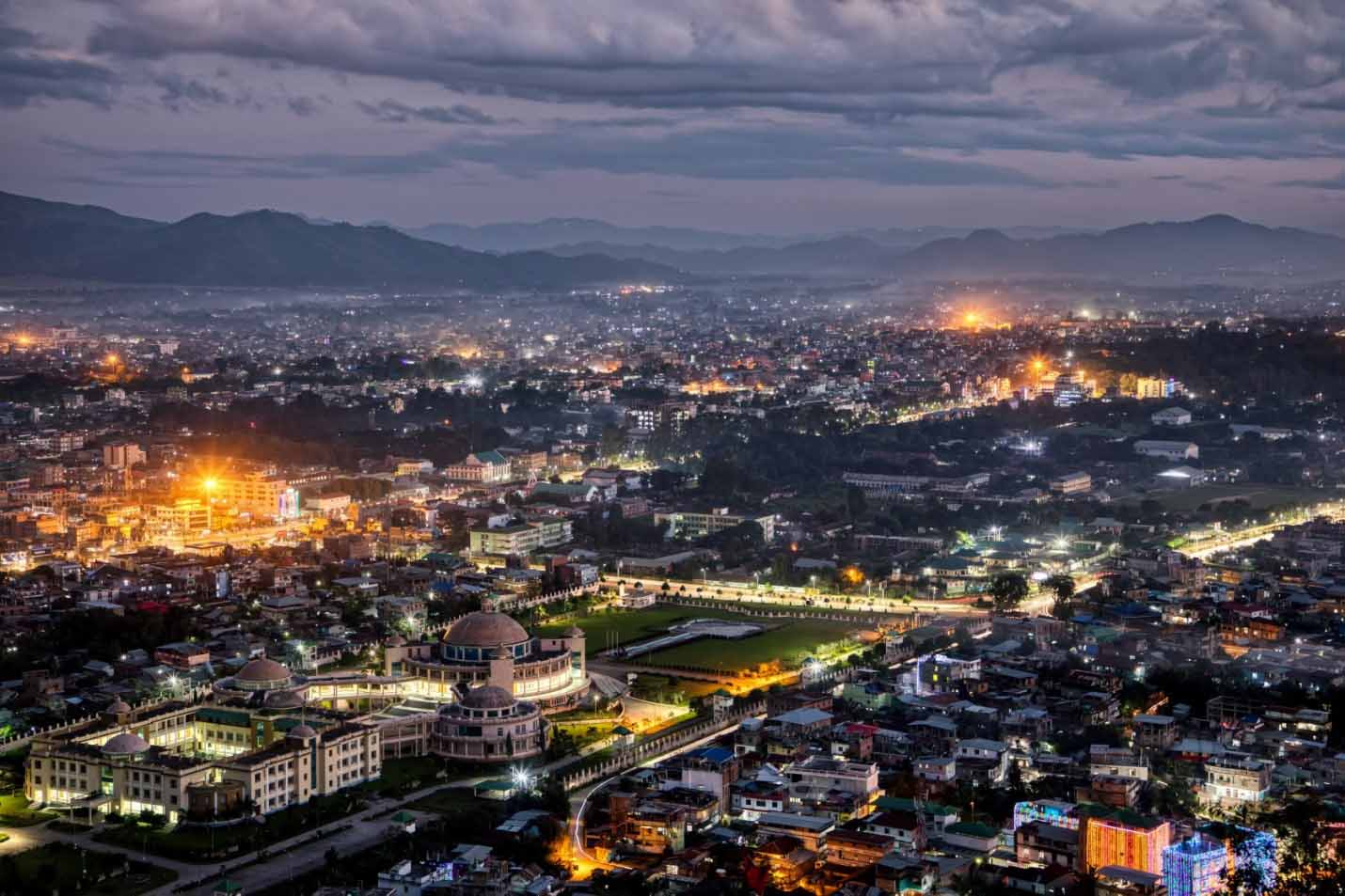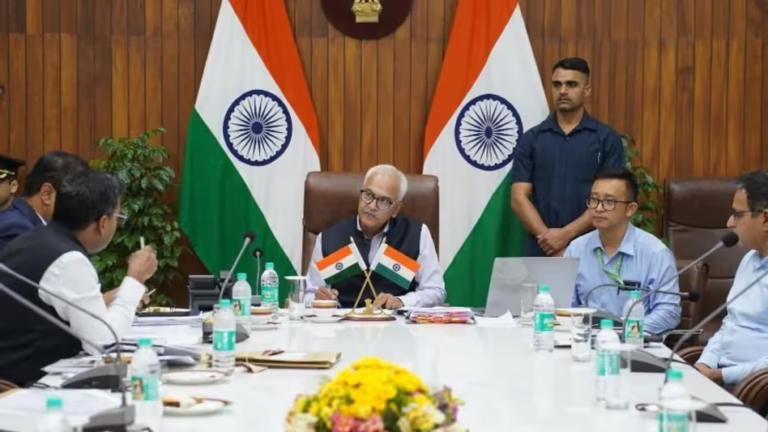Imphal’s Smart City Renaissance: A Deep Dive into Urban Transformation
Short Summary
Imphal, the capital of Manipur, has achieved a significant milestone under India’s Smart Cities Mission, completing 17 out of 24 projects with the remaining expected by August 2025. With a ₹550 crore investment, initiatives like the redevelopment of Kangla Nongpok Torban, the reconstruction of the historic Nongpok Thong Eastern Gate, improved urban seating, and public amenities have already transformed key areas. Upcoming efforts include an Integrated Command and Control Centre, smart parking, and a pedestrian cultural plaza on Thangal Road. Despite setbacks from COVID-19 and regional unrest, the city remains firmly on track
India’s northeast gem, Imphal, is undergoing a metamorphosis worthy of attention. Let’s explore how this transformation not only redefines the cityscape but also resonates with its soul—melding modern infrastructure with rich heritage.
1. The Genesis: Smart Cities Mission Meets Local Heritage
Launched in 2015, India’s Smart Cities Mission aimed to upgrade urban landscapes through technology, sustainability, and citizen-friendly planning . Imphal, selected in 2016 under the Fast Track Round, secured ₹550 crore to revamp infrastructure across 24 flagship project . With 17 already completed, the city is now at a crucial inflection point.
2. Completed Projects – Where Tradition and Innovation Meet
2.1 Kangla Nongpok Torban: Riverfront Reimagined
This stretch along the Imphal River now offers walking & cycling lanes, lush green patches, open-air gyms, kiosks, and a performance plaza—all respecting the river’s natural flow . Think of it as Imphal’s version of Central Park, but steeped in local culture.
2.2 Nongpok Thong: Restoring the Eastern Gate
The East entrance to Kangla Fort, once lost to time, has been reconstructed to reflect the original design, reviving a symbol of Manipuri pride . A beautiful metaphor: opening a gate to both its history and the future.
2.3 Thangal Bazar & Public Seating
Strategically placed benches and seating zones lighten the load for shoppers and elders—“small, but meaningful,” in their own words . It’s urban empathy done right.
2.4 Market & Road Upgrades
Ema Keithel (Women’s Market), Khwairamband Keithel, and major roads have been modernized with LED lighting, sanitation facilities, and well-defined vending zones. Crowds are higher, cleanliness is better, and commerce thrives
3. The Road Ahead: Projects on the Horizon
3.1 Integrated Command & Control Centre (ICCC)
A ₹187 crore nerve centre to monitor traffic, manage public services, and enhance emergency responsiveness .
3.2 Smart Parking & Cultural Plaza
Modern parking solutions and the Thangal Road cultural plaza aim to declutter city streets and foster pedestrian life.
3.3 Riverfront, Bus Terminals & Solar Initiatives
The Nambul Riverfront, smart bus terminal, multi-level parking, and solar-powered streetlights—all expected to go live by early 2026
4. Sustainability, Resilience & Climate-Ready Design
- Eco-friendly features: rainwater harvesting, permeable pavements, and native greenery that coexist with Nature.
- Climate resilience: raised walkways and stronger drains combat seasonal flooding
- Renewable energy: solar-powered lights and smart poles are a win-win for efficiency and environment.
These thoughtful measures echo a vision of cities living in harmony with the Earth.
5. Local Response: Pride with Practical Needs
Residents are proud and hopeful:
- Senior citizens praise the seating improvements near Thangal Bazar: “Benches … are very helpful for people like me”
- Youth and vendors find safer, cleaner public spaces ideal for socializing and business.
- Requests for more shade and parking reflect a city evolving yet probing for refinements .
6. Challenges Overcome: Pandemic, Unrest & Disruption
Despite COVID-19 and regional disturbances, project continuity remained steadfast. Local authorities, with community support and agile project management, have sustained momentum .
Final Thoughts
Imphal’s Smart City effort is a story of smart planning, resilience, and rootedness. The city isn’t just adding benches or lighting—it’s redefining what urban life feels like in Manipur. With seven projects on the way, Imphal stands on the brink of becoming a smart city role model in the region. And the best part? It stays true to its identity while stepping boldly into the 21st century.
Frequently Asked Questions
1. What is the Smart Cities Mission?
A national programme started in 2015 aimed at upgrading urban living through infrastructure, tech-driven governance, and sustainable public spaces .
2. How much funding does Imphal have for this?
Imphal received ₹550 crore under the Smart Cities Mission since its selection in 2016 .
3. Why is Kangla Nongpok Torban significant?
It transformed an unused riverbank into a recreational, green hub with walking/tracking paths, exercise areas, kiosks and cultural space .
4. What is the ICCC and why is it important?
The Integrated Command and Control Centre, a ₹187 crore command hub, enables real-time oversight of urban management—from traffic to emergencies .
5. What remains to be completed, and by when?
The remaining seven projects—including riverfront development, smart parking, and solar streetlights—are set for completion by August 2025 or early 2026 .



